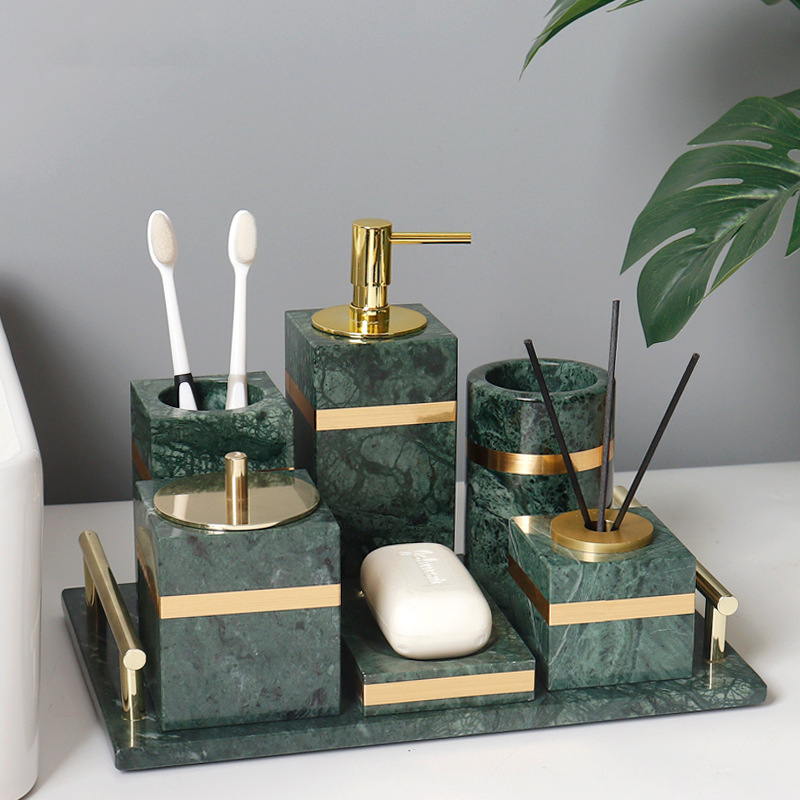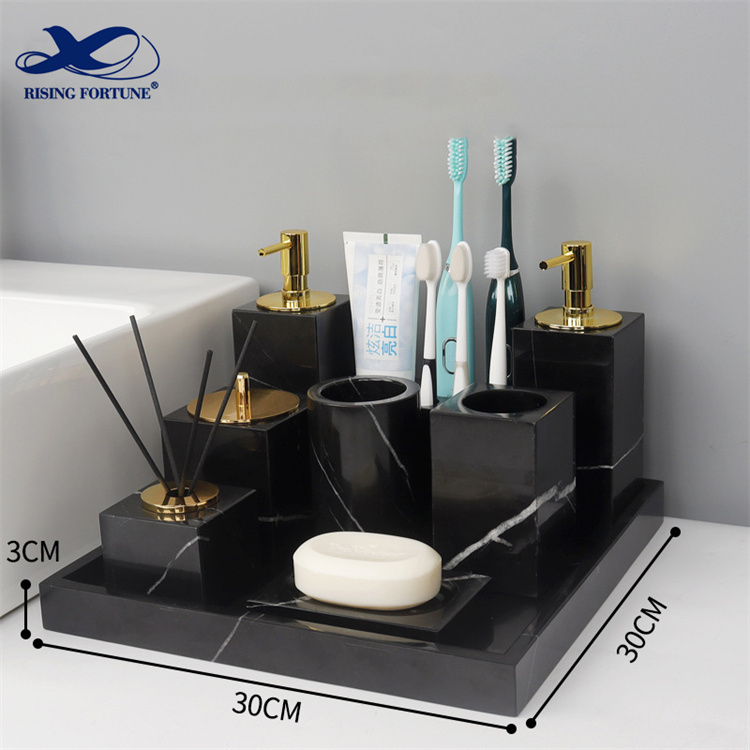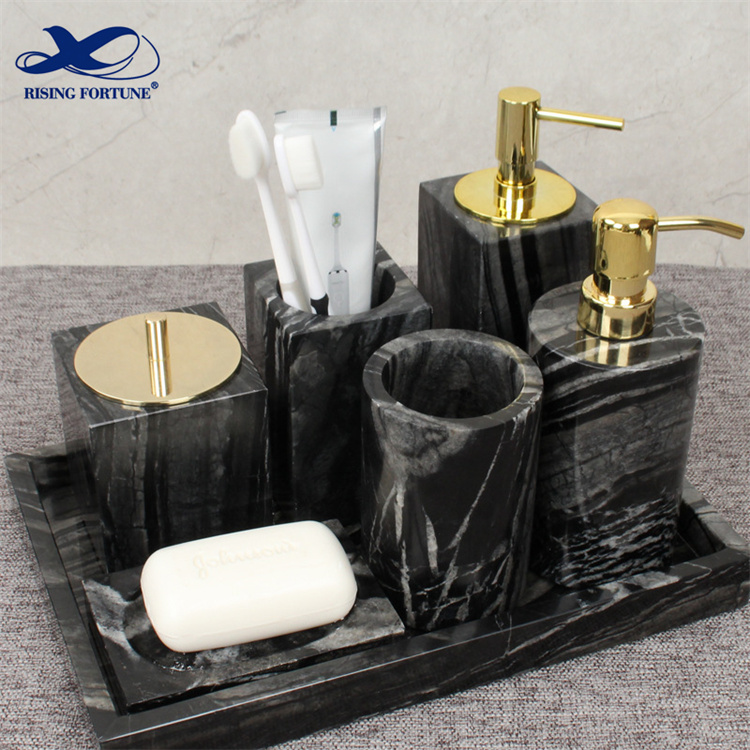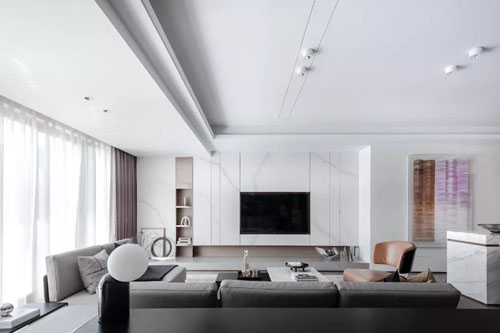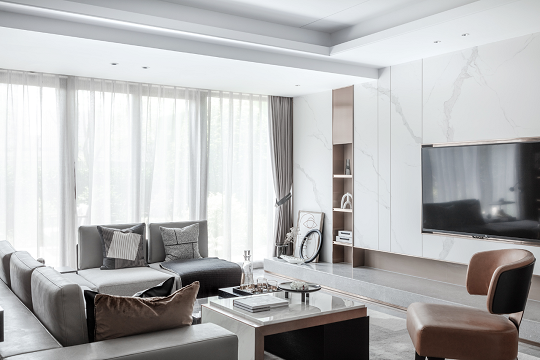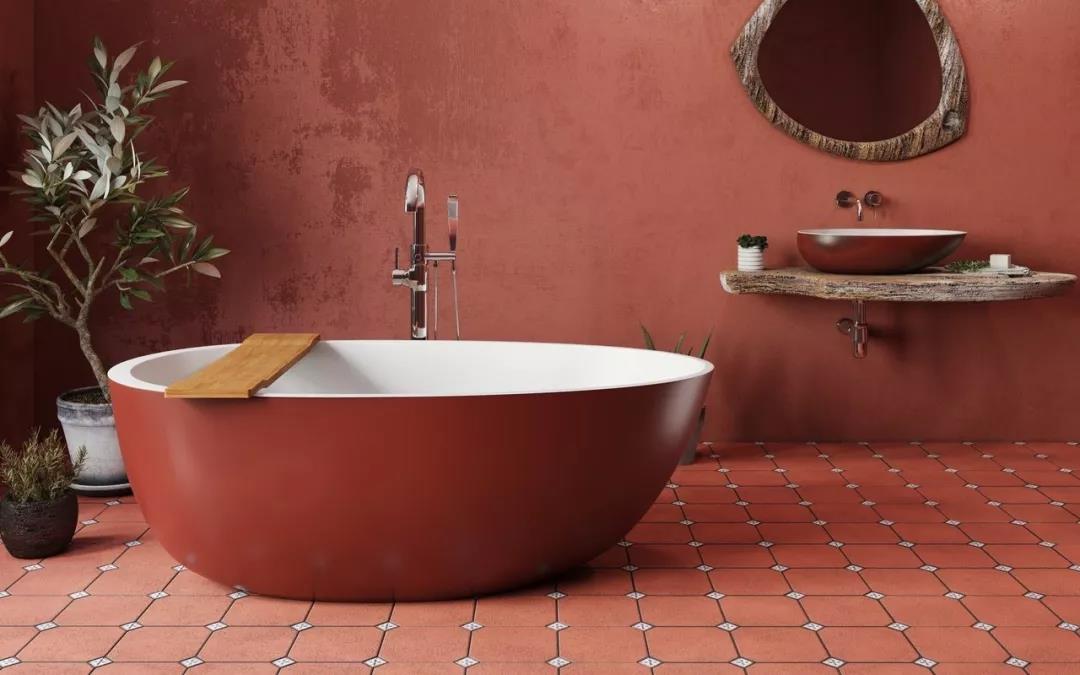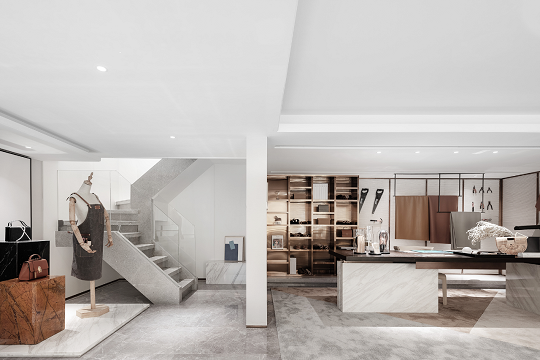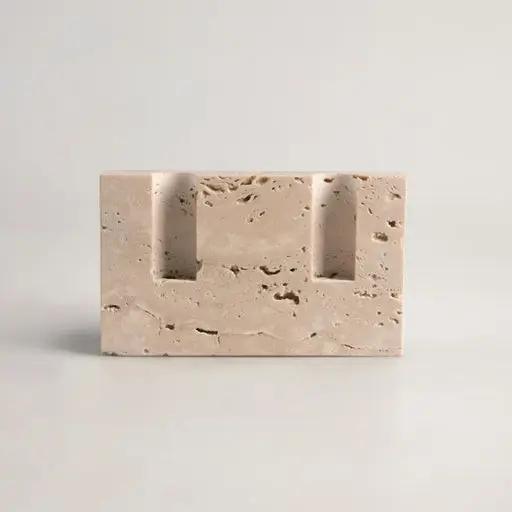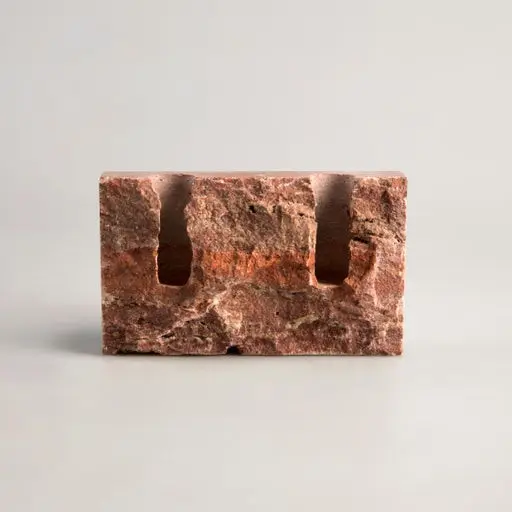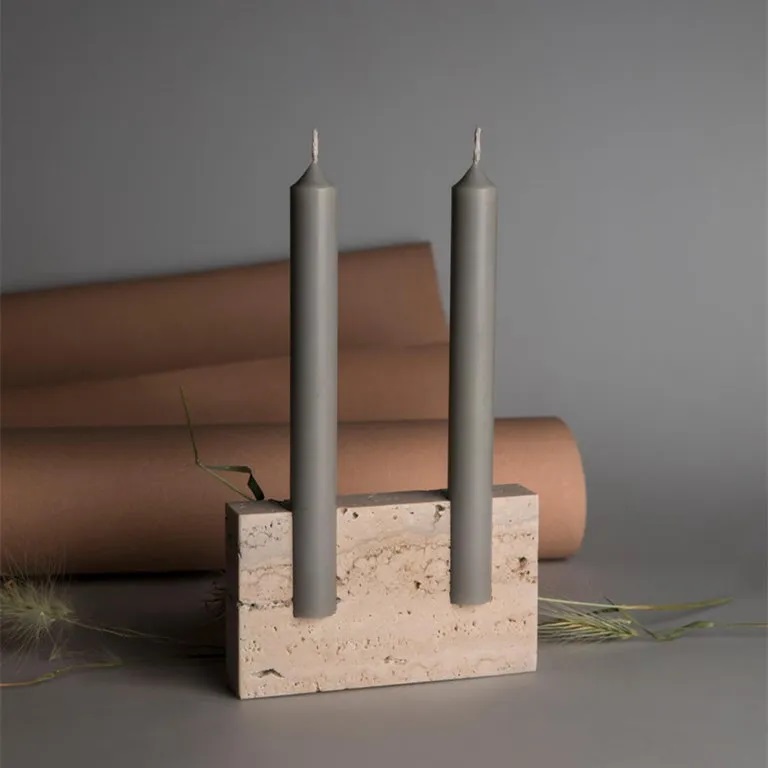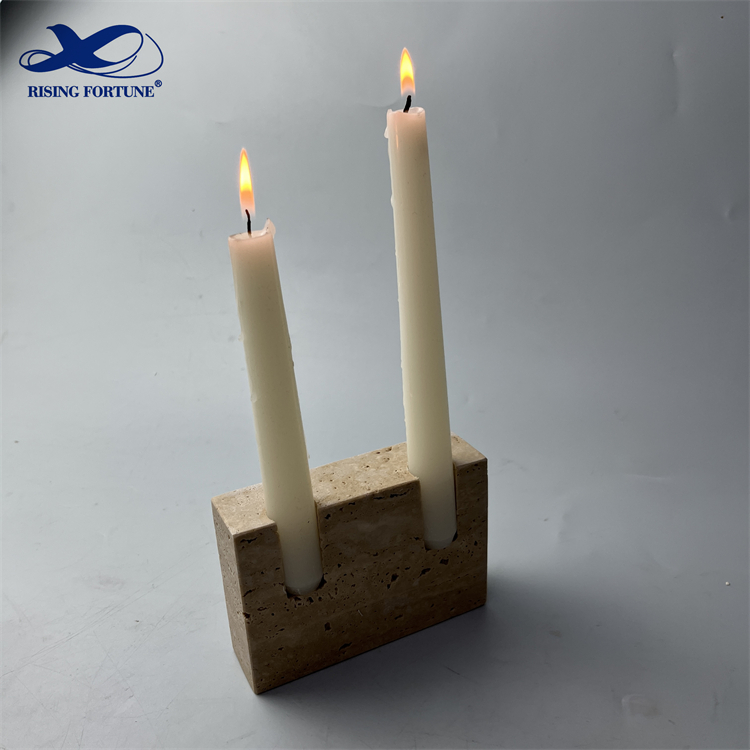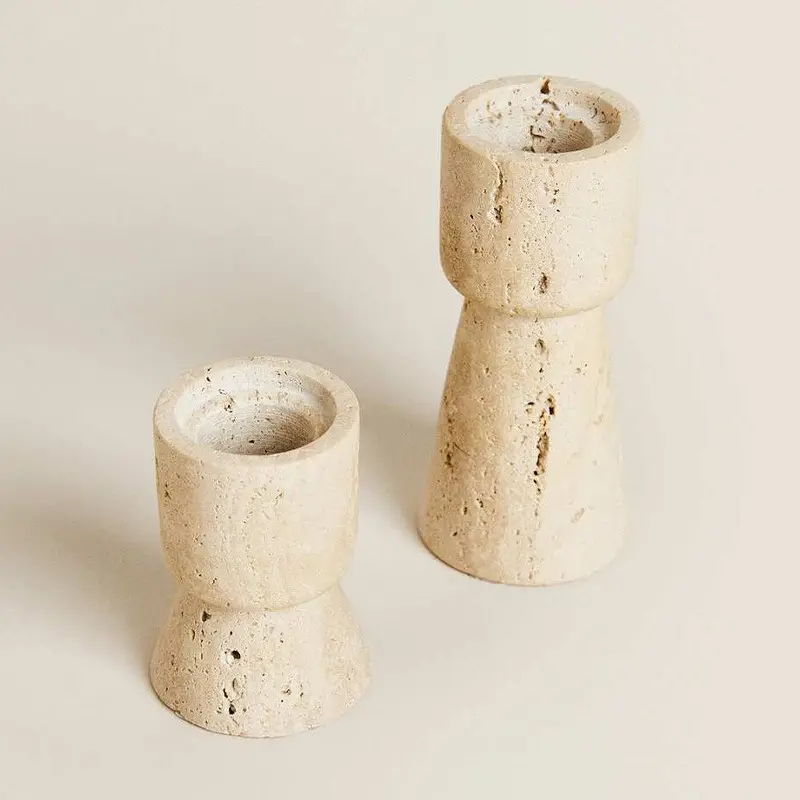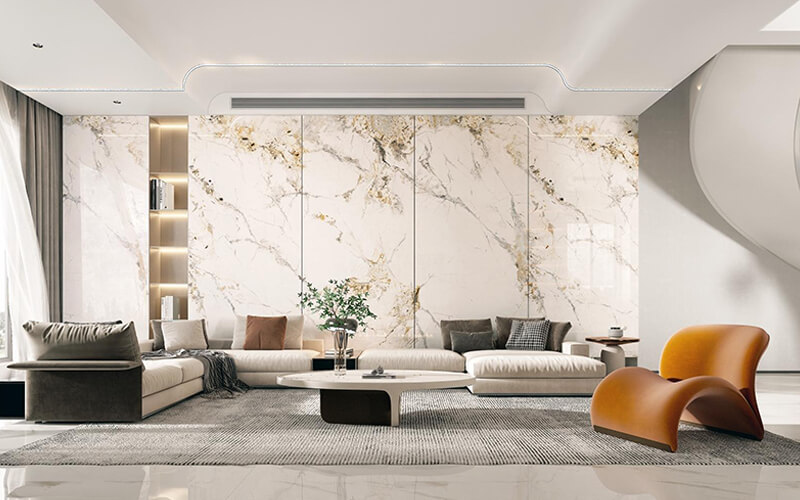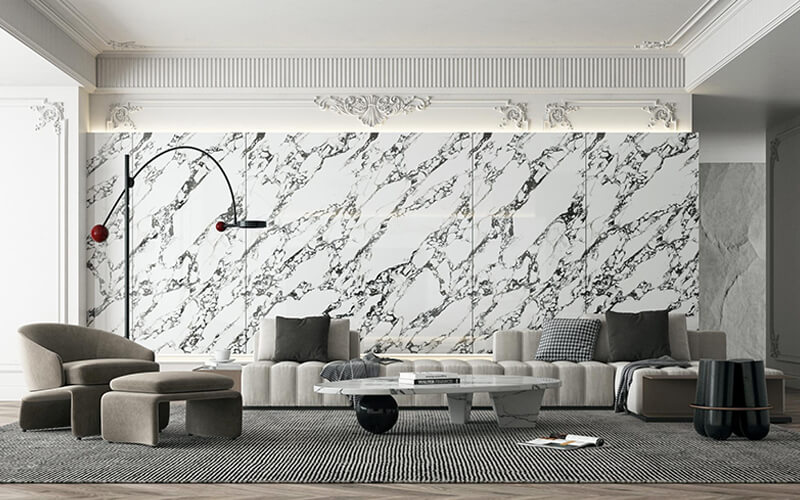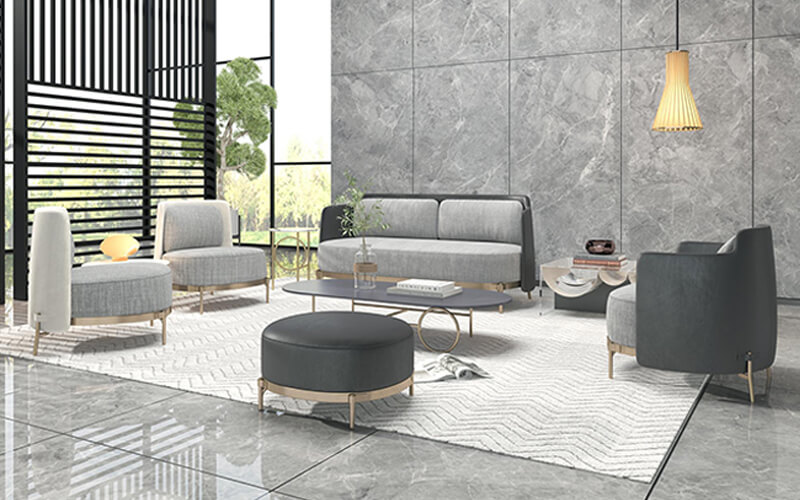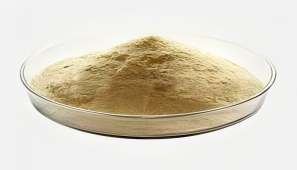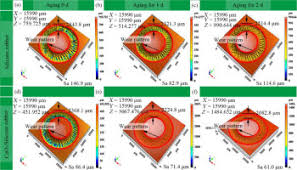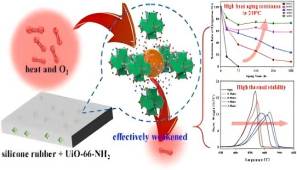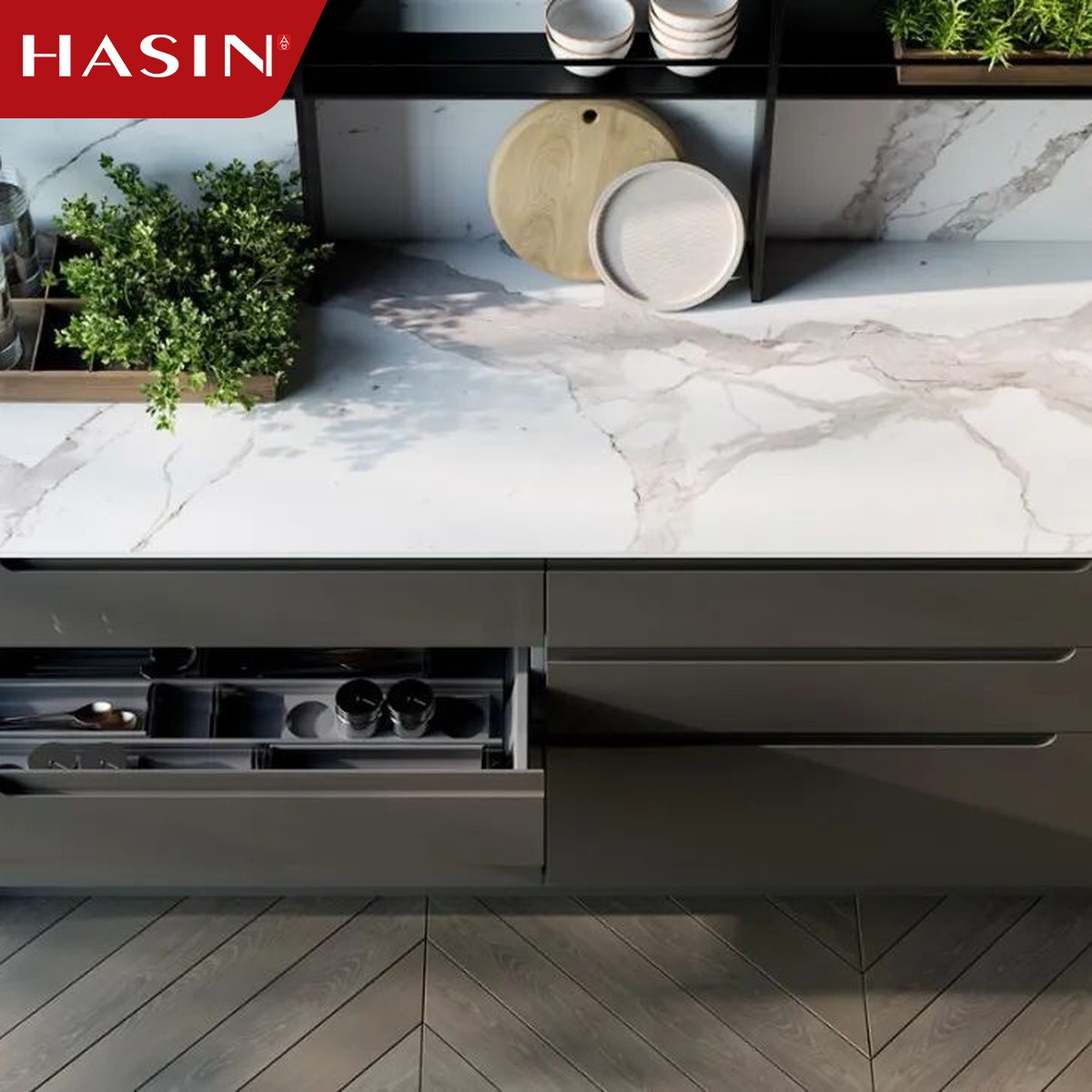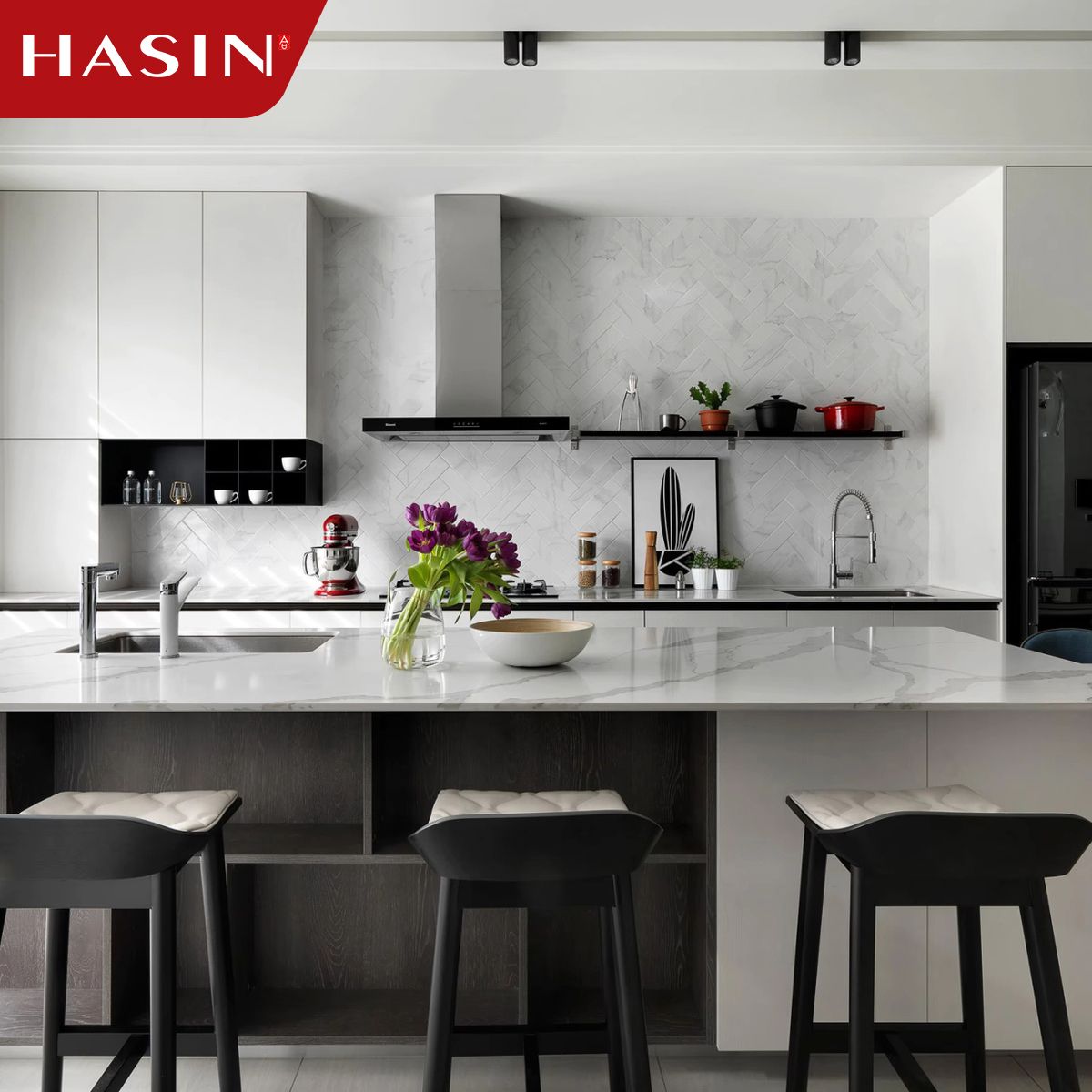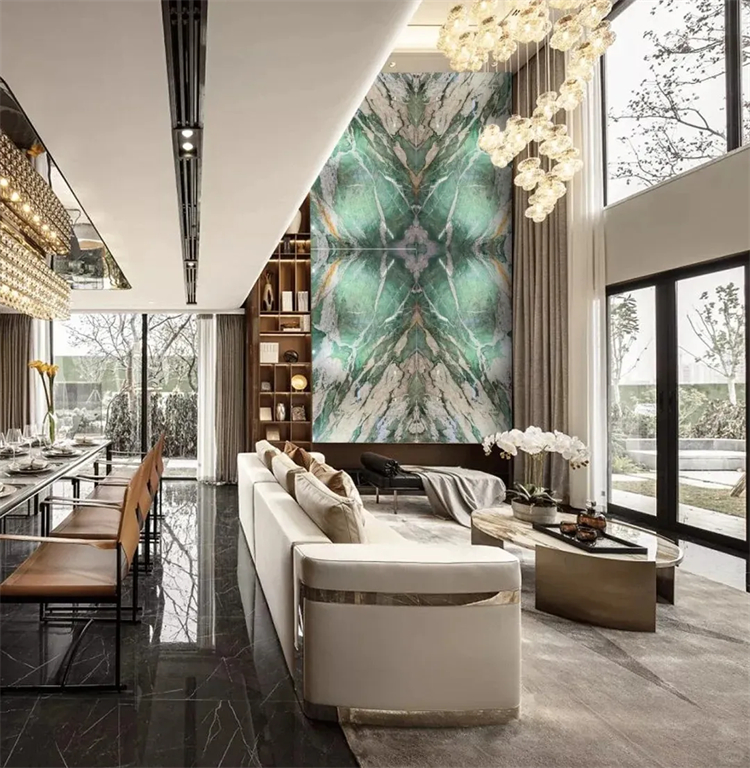Marble bathroom sets are often considered a and elegant choice for hotels for several:
1. Ahetics: Marble has a timeless beauty and adds a touch of sophistication to any. It has uniqueining patterns and a, polished surface that gives a high-end look to bathrooms. Marble exudes a sense of luxury, which aligns well with the premium image that many hotels aim to project.
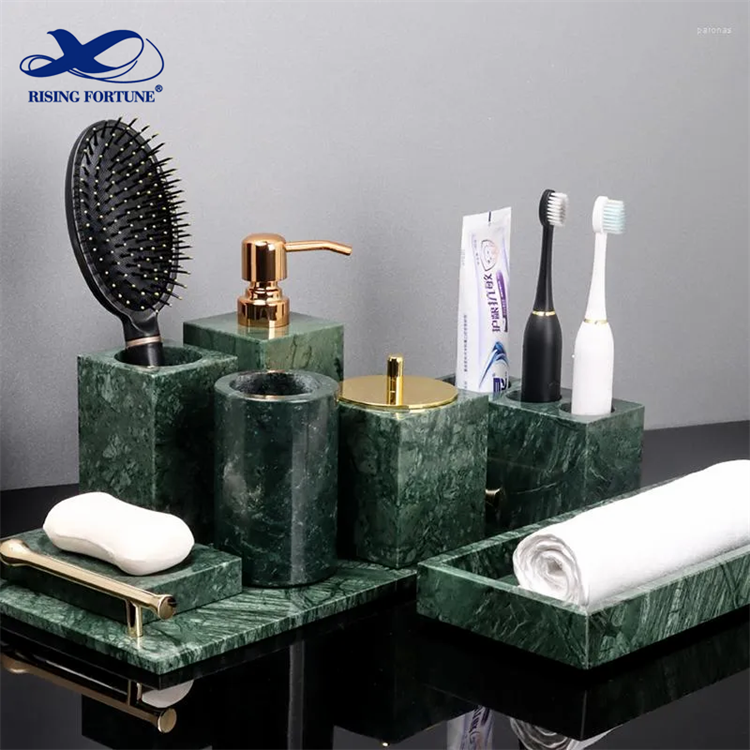
2. Durability: Marble is a highly durable material that can withstand frequent use and heavy foot traffic. It is resistant to scratches, cracks, and chipping, making it ideal for a hotel environment where multiple guests will be using the bathroom facilities regularly. With proper care and maintenance, marble bathroom sets can last for many years, which is cost-effective for hotel owners in the long run.
3. Hygiene: Marble is a non-porous material, which means it does not absorb water or moisture. This quality makes it less prone to the growth of bacteria, germs, and mold, promoting a cleaner and more hygienic bathroom environment. Hotels prioritize cleanliness and sanitation, and marble's resistance to moisture makes it a suitable choice for maintaining hygienic conditions.
4. Easy maintenance: Maintaining marble is relatively simple. Regular cleaning with non-abrasive, pH-neutral cleaners and periodic application of sealants can help preserve its appearance and protect against staining. Hotel staff can easily keep marble surfaces looking pristine with minimal effort.
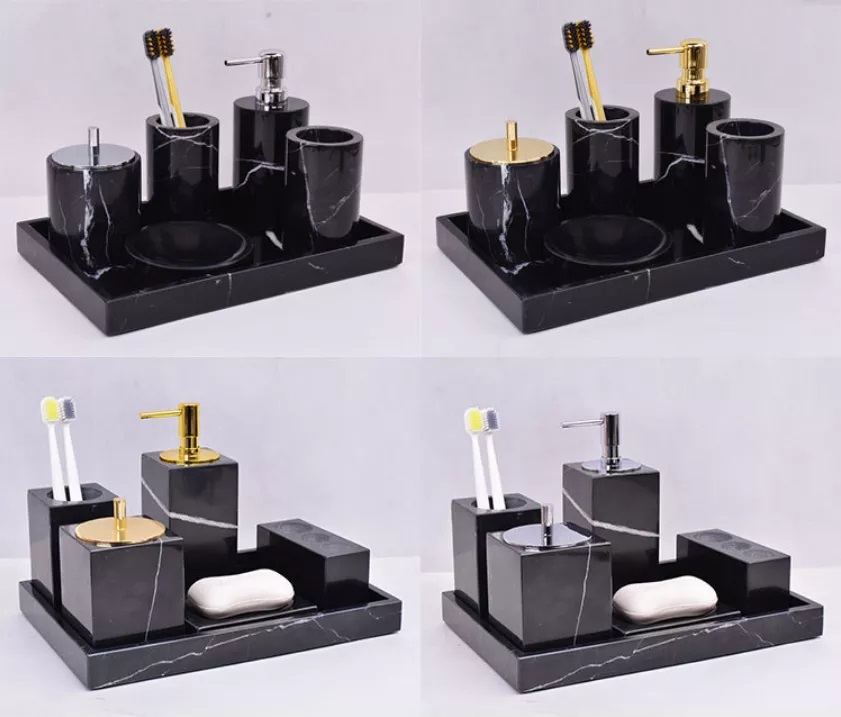
5. Prestige and impression: Marble is often associated with luxury and opulence, and its presence in the bathroom can leave a lasting impression on hotel guests. It conveys a sense of grandeur and attention to detail, which can enhance the overall guest experience and create a memorable stay. A well-designed marble bathroom can contribute to positive reviews and recommendations, attracting more guests to the hotel.
However, it's worth noting that while marble bathroom sets offer numerous advantages, they also come with a higher price tag compared to other materials. Hotel owners must consider their budget and the specific needs and preferences of their target clientele before deciding on incorporating marble into their bathroom design.
If you are interested in our natural marble bathroom accessory set, please conatct me whatsapp: +86 118150018770, or email to may@risingfortunetrading.com

